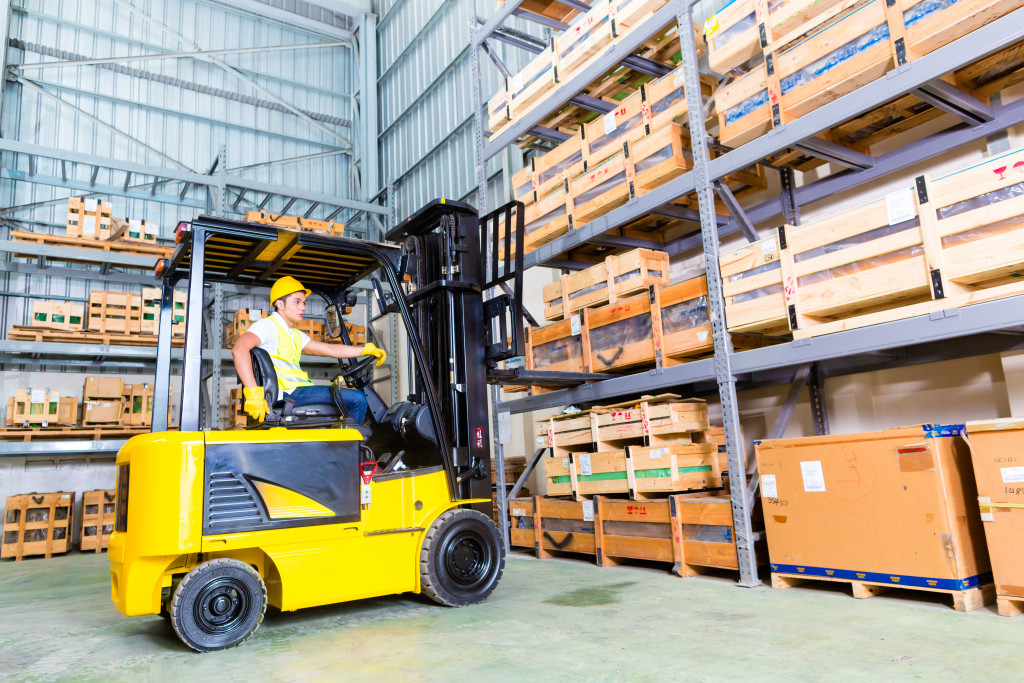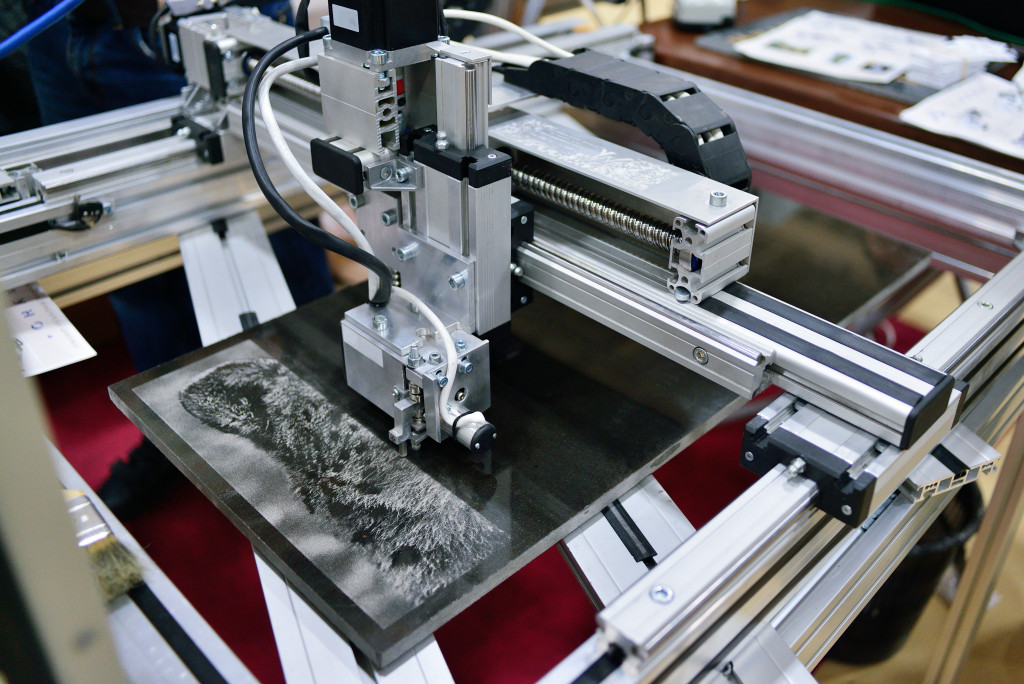Manufacturing is critical for businesses because it helps to create and bring products to market. However, it can be challenging to finance, especially in today’s economy. One reason is that the manufacturing cost can be high, and it cannot be easy to recoup those costs through sales. In addition, cash flow can be an issue since it can take a while for products to get sold and profits realized.
Despite these challenges, manufacturing is still an essential part of most businesses. As a result, companies must find ways to ensure they have the resources and finances necessary to sustain it. However, it doesn’t mean you have to accept the high costs. By taking the time to understand the costs and potential pitfalls, you can ensure that your business can take full advantage of the benefits that manufacturing offers. Also, these advancements can make manufacturing cost-efficient.
Automation
The modern manufacturing industry is incredibly complex and involves coordinating many different tasks. It can be a challenge, especially when it comes to ensuring that everything runs smoothly and that products get made efficiently. That’s where automation comes in.
Automation is the use of machines or computers to control the manufacturing process. By automating specific tasks, companies can streamline their production and make it more efficient. Automation also helps to reduce costs, as it can be expensive to have human workers perform specific tasks.
There are many different types of automation, each with its benefits. Some of the most common types include:
- Robots: Robots are perhaps the most well-known type of automation used in manufacturing for many years. Robots can perform various tasks, including welding, assembling, and packaging. They are ideal for repetitive or dangerous jobs and can help increase efficiency and reduce costs.
- PLCs: PLCs (programmable logic controllers) are used to automate machines and processes. They can control everything from simple tasks like turning on a device to more complex functions like regulating a production line. PLCs are popular because they are versatile and relatively inexpensive.
- CNC Machines: CNC machines (computer numerically controlled) can direct the movement of tools and create products with precision. They are often used in conjunction with other forms of automation, such as robots or PLCs, to create an efficient manufacturing process.
You can start with the most standard automated processes to incorporate automation. Motion automation control systems can be a great starting point because they are easy to set up and use. They can be programmed to perform various tasks, such as moving parts from one station to another or controlling the speed of a conveyor belt.
Automation is essential for businesses looking to stay competitive in the modern manufacturing industry. By automating their processes, companies can improve efficiency, reduce costs, and ensure that their products get made with precision.

Lean Manufacturing
Lean manufacturing is a production methodology focusing on minimizing waste and maximizing efficiency. It is based on the principle of “kaizen,” which means “continuous improvement.”
Lean manufacturing aims to create more value for the customer while using fewer resources. This strategy is achievable by eliminating waste throughout the manufacturing process. There are many different types of junk, but some of the most common include:
- Overproduction: This is when companies produce more products than what is needed. This can happen if there is too much inventory or if products get made.
- Waiting: This is when products sit idle because they are on queue. This can happen if there is a bottleneck in the production process.
- Transportation: This is when products are moved unnecessarily throughout the manufacturing facility. This can happen if there is a poor layout or products get handled more than necessary.
- Inventory: This is when companies have too much items, which can tie up resources and lead to waste.
Lean manufacturing helps companies eliminate these types of waste to create more value for the customer while using fewer resources. It is an essential part of making manufacturing efficient.
3D Printing
3D printing is a type of additive manufacturing that creates products by building them up layer by layer. It is different from traditional manufacturing methods, which typically involve subtractive processes like machining or casting.
3D printing offers many benefits over traditional manufacturing methods. It is faster, more versatile, and less expensive. Additionally, you can create products with complex shapes that would be difficult or impossible to make with traditional methods.
Due to these advantages, 3D printing is often used for prototyping and small-scale production. It is also being used more and more for mass production as the technology continues to improve.
3D printing is an essential part of making manufacturing efficient. It can help companies create better products faster and at a lower cost.
Final Thoughts
Making manufacturing efficient is essential for businesses looking to stay competitive. There are many ways to make manufacturing efficient, but some of the most important include automating processes, lean manufacturing, and 3D printing. By incorporating these methods into their production, companies can improve efficiency, reduce costs, and create better products.



